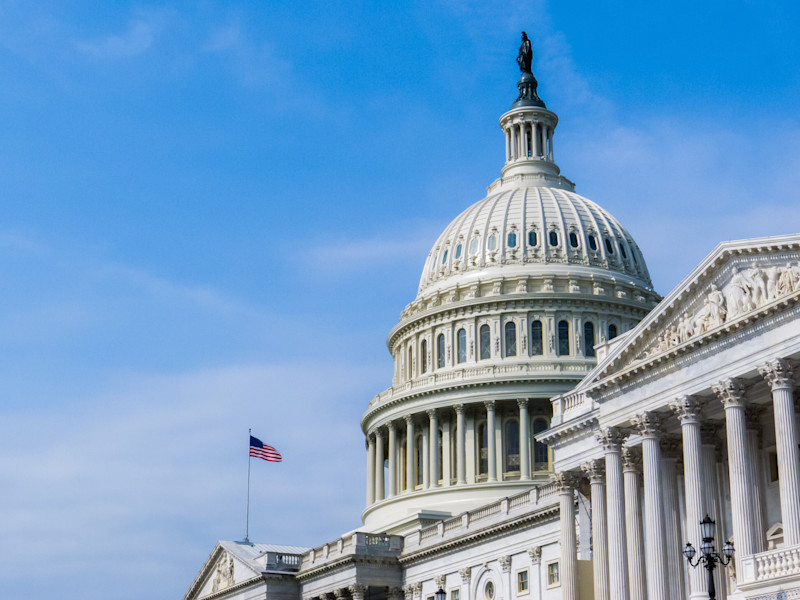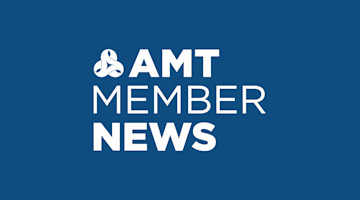Several new laws were enacted in the 117th Congress – some bipartisan and some not – that represent more than $1.5 trillion in programs aimed at reinforcing the U.S. industrial base and reducing our reliance on foreign sources for critical minerals, technologies, and products.
Bipartisan Infrastructure Law
Enacted late 2021, the Bipartisan Infrastructure Law (BIL) began disbursing funds in 2022. Most recently, the Department of Energy announced its first projects to be funded under BIL to expand domestic manufacturing of EV batteries. Twenty companies will receive a total of $2.8 billion to “build and expand commercial-scale facilities in 12 states to extract and process lithium, graphite and other battery materials, manufacture components, and demonstrate new approaches, including manufacturing components from recycled materials.”
Build.gov is an excellent government resource to stay informed on funding opportunities, grants, and status reports on the IRA.
The Chips and Science Act
In mid-August, during the monthlong annual recess, two significant pieces of legislation were enacted. The first, the bipartisan Chips and Science Act, was the result of more that a year of negotiations.
Often referred to as CHIPS+, the law represents a compromise between two research and science-related bills – the Senate-passed U.S. Innovation and Competition Act and the more expansive America Competes Act approved by the House. A major focus of the law is to respond to the global semiconductor shortage and to counter China’s influence in science and technology.
The CHIPS part of CHIPS+ provides $52 billion over five years to reduce our reliance on foreign sources for chips by building a domestic supply chain to produce them.
The Department of Commerce recently announced an implementation strategy for the funds, stating it will include financing U.S.-based facilities and equipment for “semiconductor fabrication, assembly, testing, advanced packaging, or research and development.” More specifically, the money can be used to pay for “construction, expansion, or modernization” of facilities and equipment, associated workforce development efforts, and other costs, including “specialized workforce, essential materials, and complex equipment maintenance.”
It will take at least a few years before the United States sees a significant increase in production. Several companies committed to building facilities even before the legislation was enacted, including Intel, which celebrated the groundbreaking of a production facility in Ohio in September. Micron recently announced it will spend up to $100 billion over at least the next two decades to build a fab in upstate New York.
To read more about the government’s CHIPS implementation strategy and to search current funding opportunities, go to CHIPS.gov.
The “+” part of CHIPS+ represents a historic investment in science and technology, including a major expansion of the Manufacturing Extension Partnership (MEP) National Network and Manufacturing USA programs, the formation of 20 regional technology and innovation hubs, and the creation of a directorate at the National Science Foundation to advance the research and development and deployment of key technologies, including artificial intelligence, quantum, and synthetic biology, among others.
Unlike the CHIPS portion, this part of the law is authorized but not funded. It is up to Congress to decide how much money to devote to each program.
The Inflation Reduction Act
The roughly $700 billion Inflation Reduction Act (IRA) is a significantly pared-down version of the $3.5 trillion Build Back Better package of Democratic priorities. What began as a climate and social spending bill ended up a package of clean energy incentives and regulations that raises enough money primarily through a corporate tax increase on big companies to contribute to deficit reduction. Unlike the CHIPS+ bill, the IRA received zero Republican support and is the culmination of often tense talks between Democrats.
The main goal of the IRA is decarbonization and other progress on climate change and cleaning the environment. There are several manufacturing initiatives aimed at attracting and keeping clean energy investment in the United States, including:
Production tax credits to accelerate manufacturing of solar panels, wind turbines, batteries, and critical minerals processing.
Investment tax credits and loans to build clean manufacturing facilities.
Funds for critical minerals processing.
Grants to retool existing auto facilities to make clean cars.
Although the business community was braced for significant tax increases to be included in this bill, manufacturers fared better than expected. Most of the money raised comes from:
A 15% corporation minimum tax on corporations with at least $1 billion in profits, and
The ability for Medicare to reduce drug prices.
After the Elections
In September, Congress passed a bill to continue current program and agency funding past the Sept. 30 deadline until after the election. Now we are looking at must-pass legislation after the elections in December. While the lack of a budget and spending plan is not ideal, it could be an opportunity to fund portions of CHIPS+ and pass a tax bill that includes postponing the requirement that R&D costs be amortized rather than having the option to expense them beginning in 2022.




